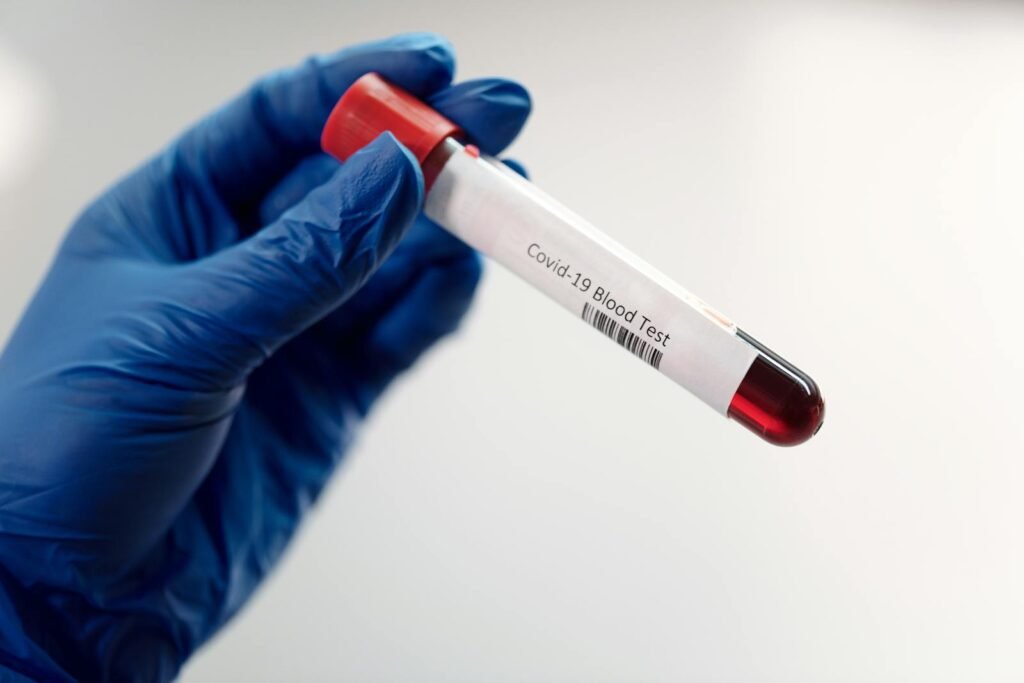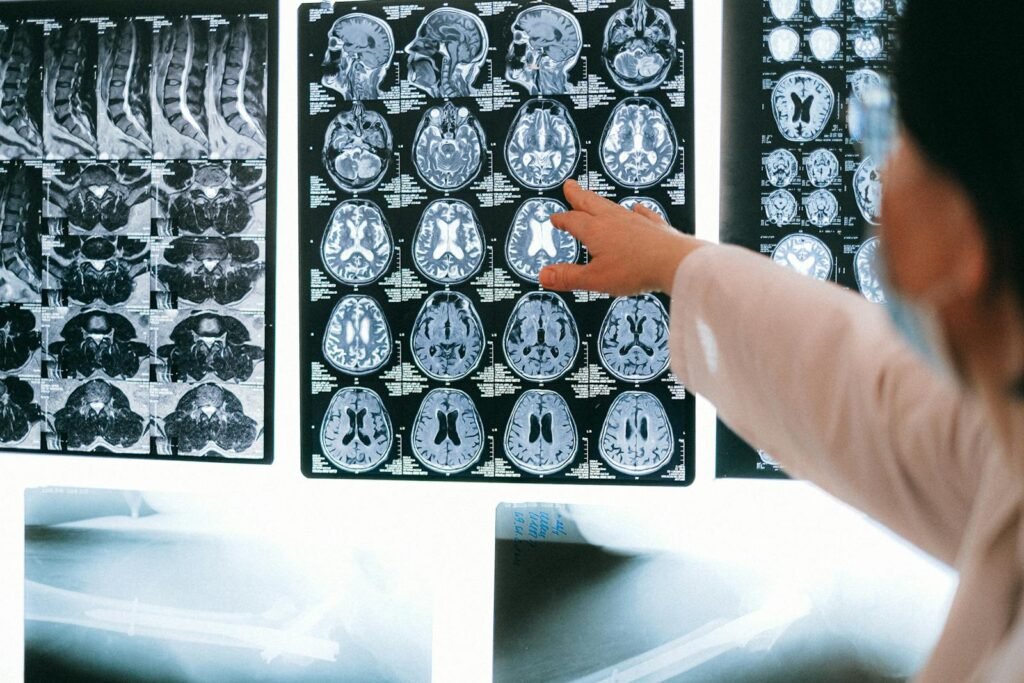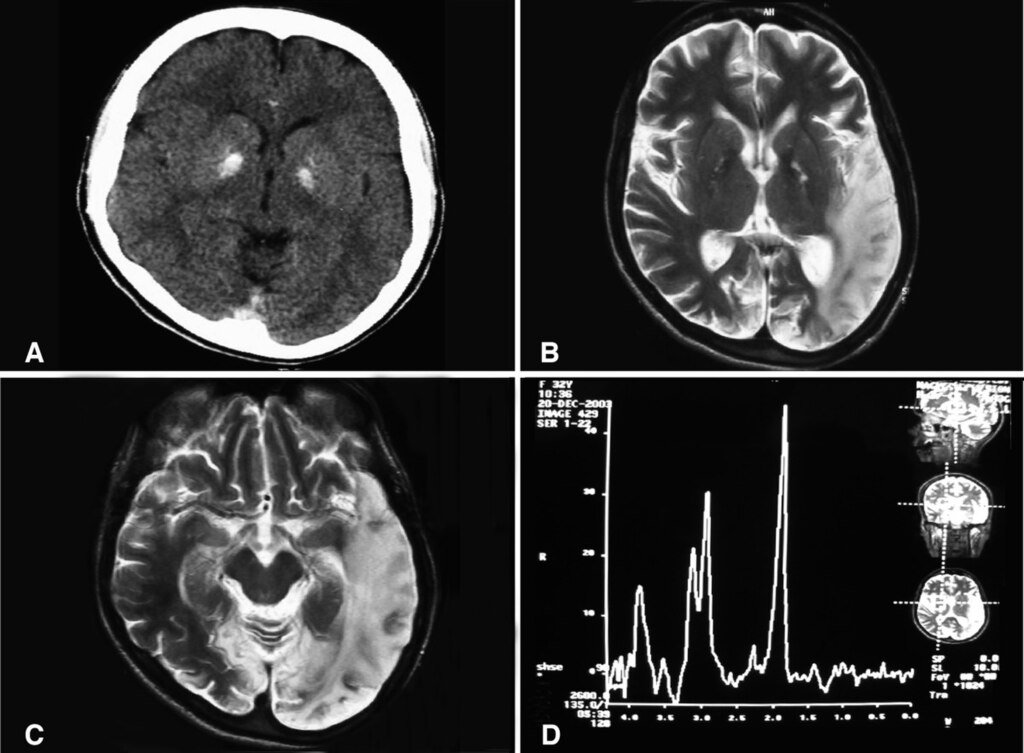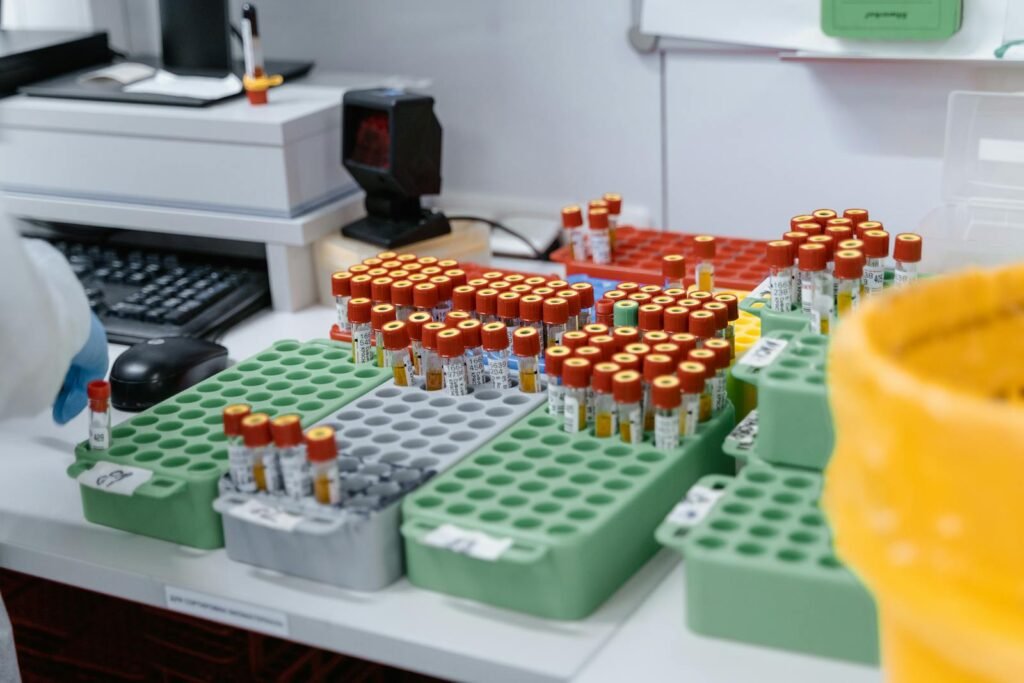Alzheimer’s has been an insidious thief, insinuating itself into the brain years sometimes decades prior to memory loss and confusion becoming apparent. But what if a straightforward blood test could detect it more than 10 years before symptoms arise? A groundbreaking study suggests that a little-known protein, beta-synuclein, could be the early warning signal we’ve been searching for.
Researchers have discovered that elevated levels of one protein in the blood may indicate Alzheimer’s risk in individuals who are genetically predisposed to the disease much earlier than any form of memory loss or other symptoms even set in. This finding may revolutionize everything: it makes early diagnosis possible, provides physicians with more time to intervene with therapies, and enables us to understand better how this devastating disease begins.
The Silent Alarm in Your Blood

Beta-synuclein has long been known to science, but only recently has it emerged as a potential player in Alzheimer’s. In contrast to its more notorious relative, alpha-synuclein (the Parkinson’s connection), beta-synuclein accumulates silently in the synapses, the brain cell communication centers. When these links fail, the protein seeps into the blood as an alarm signal well before brain atrophy or memory loss set in.
A paper in Alzheimer’s & Dementia compared blood samples from 178 people, some of whom had genetic mutations associated with early-onset Alzheimer’s and others who did not. The findings were dramatic: asymptomatic carriers of Alzheimer’s genes already had higher levels of beta-synuclein, and those with symptoms had even higher levels.
A Decade’s Head Start Against Dementia

Existing Alzheimer’s diagnoses are based on cognitive examinations, brain imaging, or spinal fluid analysis techniques that tend to identify the disease only after extensive damage has been done. Beta-synuclein, on the other hand, might change the timeline dramatically.
Statistical models suggest this biomarker may flag Alzheimer’s risk up to 11 years before symptoms appear. For a disease that currently has no cure, early detection could be transformative. “At the moment, Alzheimer’s is usually diagnosed quite late,” says neurologist Patrick Öckl from the German Center for Neurodegenerative Diseases. “We need advances in diagnostics to tap into the full potential of new treatments.”
How Beta-Synuclein Betrays Alzheimer’s Hidden Onset

Why does this protein spike so early? The answer lies in synaptic dysfunction, one of the first signs of neurodegeneration. Beta-synuclein is released when synapses deteriorate, a process that begins long before brain atrophy or amyloid plaques form.
“Loss of brain mass and other pathological changes happen later,” explains neurologist Markus Otto from University Medicine Halle. “But beta-synuclein levels rise early, reflecting damage in both pre-symptomatic and asymptomatic stages.” This makes it an ideal “liquid biopsy” for tracking Alzheimer’s progression.
Beyond Diagnosis: Tracking Treatment Effectiveness

Beta-synuclein isn’t just an early warning system it could also monitor disease progression and treatment response. Emerging therapies, such as anti-amyloid antibodies, work best when administered early. If doctors can track synaptic damage through blood tests, they could adjust treatments in real time.
Also, this biomarker could assist in evaluating brain injury due to strokes or traumatic brain injuries, expanding its medical uses.
The Future of Alzheimer’s Prevention

Although additional research is required especially in the sporadic (non-genetic) Alzheimer’s, beta-synuclein testing may soon become a standard screening procedure for at-risk individuals. With lifestyle modification (such as diet and exercise) and new drugs, early diagnosis may finally be able to convert Alzheimer’s from an unstoppable juggernaut into a treatable disease.
A Blood Test That Could Change Everything

Alzheimer’s research has been an arms race with time, where most advances have come too late for symptomatic individuals. But beta-synuclein brings something unprecedented: a view into the future. If confirmed in larger studies, this biomarker has the potential to transform Alzheimer’s treatment, making a terminal diagnosis into a preventable or at least delayable condition.
For now, the message is clear: the first signs of Alzheimer’s may not be in the brain, but in the blood. And that discovery could buy us the time we’ve desperately needed.
Sources:

Jan loves Wildlife and Animals and is one of the founders of Animals Around The Globe. He holds an MSc in Finance & Economics and is a passionate PADI Open Water Diver. His favorite animals are Mountain Gorillas, Tigers, and Great White Sharks. He lived in South Africa, Germany, the USA, Ireland, Italy, China, and Australia. Before AATG, Jan worked for Google, Axel Springer, BMW and others.




